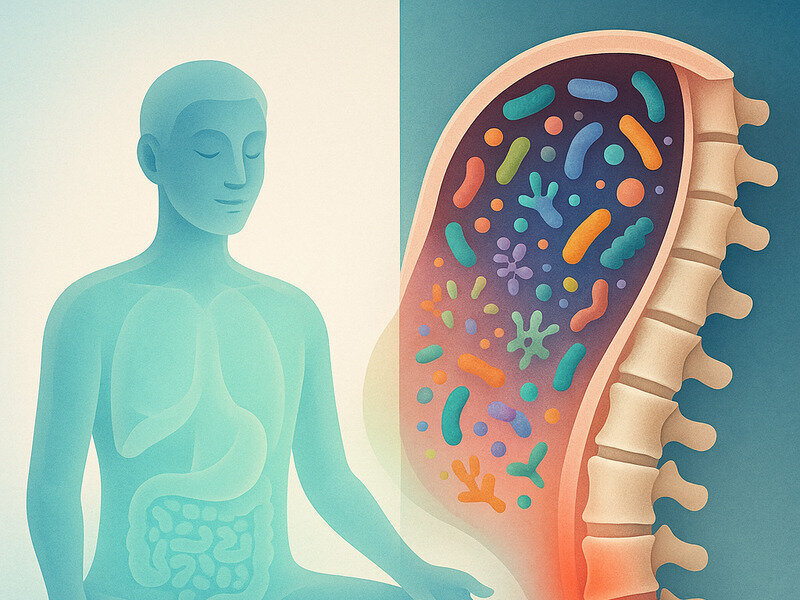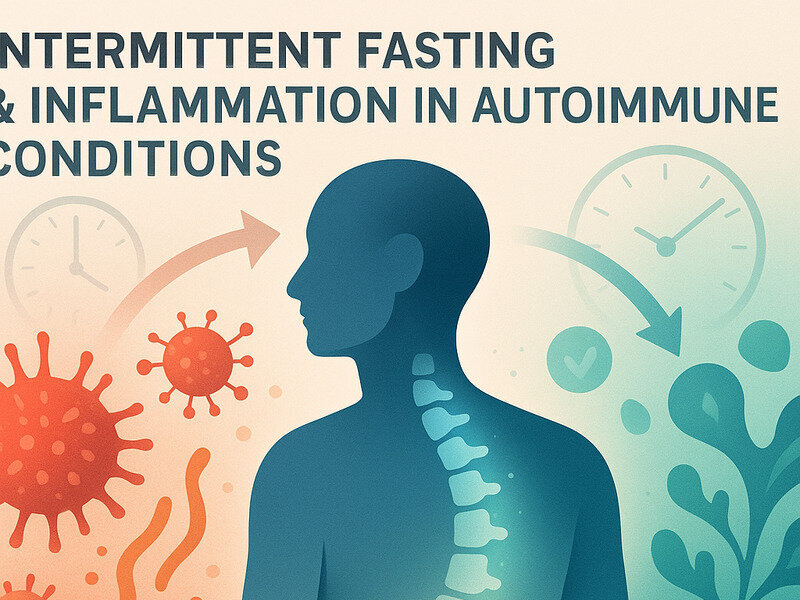
Ankylosing spondylitis (AS) is a chronic inflammatory disease that primarily affects the spine and sacroiliac joints, leading to pain and stiffness. Despite advancements in understanding and managing the condition, several myths and misconceptions persist about AS. These misunderstandings can hinder effective management and support for those affected. This article aims to debunk common myths, clarify misconceptions, and provide evidence-based insights into ankylosing spondylitis.
Understanding Ankylosing Spondylitis
Ankylosing spondylitis is a type of arthritis that primarily affects the axial skeleton, including the spine and pelvis. It is part of a group of diseases known as spondyloarthritis. AS is characterized by inflammation that can lead to the fusion of vertebrae, resulting in reduced flexibility and potential deformity.
According to the Spondylitis Association of America, AS affects approximately 0.1% to 1.4% of the population, with a higher prevalence in males than females. The onset typically occurs in late adolescence or early adulthood.
Common Myths and Misconceptions
Myth 1: Ankylosing Spondylitis Only Affects...
Premium preview
Premium members unlock the full article—complete step-by-step routines, deeper coaching notes, and exclusive frameworks.


